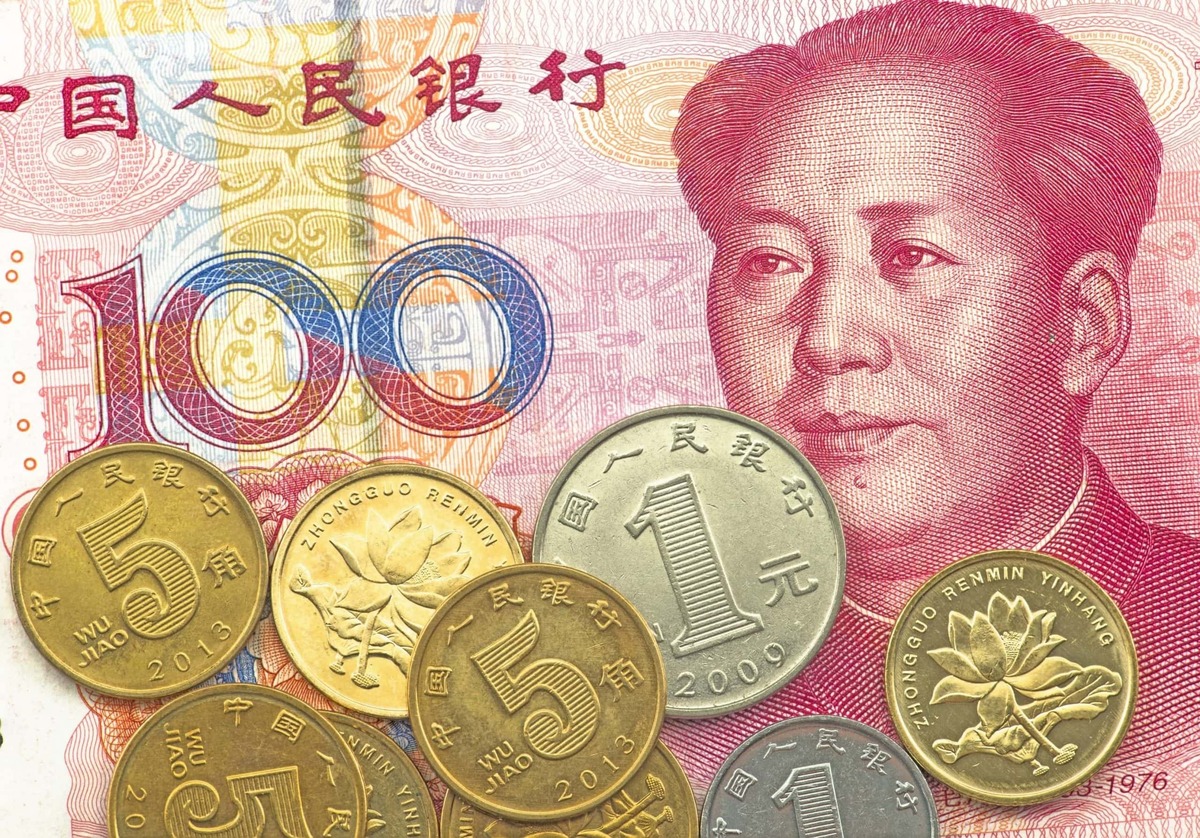Report: World’s Second-Largest Economy Struggles to Revive Growth

The official manufacturing purchasing managers’ index came in at 49.3 in July — compared with 49.0 in June, 48.8 in May and 49.2 in April — according to data from the National Bureau of Statistics released on Monday. July’s reading was slightly better than the 49.2 median forecast in a Reuters poll.
Monday’s figures also showed China posting its weakest official non-manufacturing PMI reading this year, coming in at 51.5 in July — compared with 53.2 in June, 54.5 in May and 56.4 in April. A PMI reading above 50 points to an expansion in activity, while a reading below that level suggests a contraction.
Employment sub-indexes for both manufacturing and non-manufacturing sectors declined in July, pointing to lingering softness as youth unemployment hit successive record highs in China. The service industry — a major sector that hires young workers — sub-index slowed 1.3 percentage points in July from the previous month, according to the NBS.
More worryingly, business expectation among the non-manufacturing sectors declined from the previous month.
A similar production and business activity expectation index for manufacturing sectors, though, saw an increase of 1.7 percentage points from the previous month, which the NBS attributed to policy support to grow private enterprises and expand domestic demand.
The NBS said construction activity, which declined 4.5 percentage points in July from the month before, was hit by extreme weather conditions.
Still, there were some nascent green shoots.
There were month-on-month improvements in the new orders and raw materials inventory sub-indexes, which helped underpin the slightly better-than-expected manufacturing PMI reading.
The purchase price index and ex-factory price index of major raw materials saw meaningful increases from the previous month, the NBS said, pointing to an improvement in pricing power.
4155/i





















